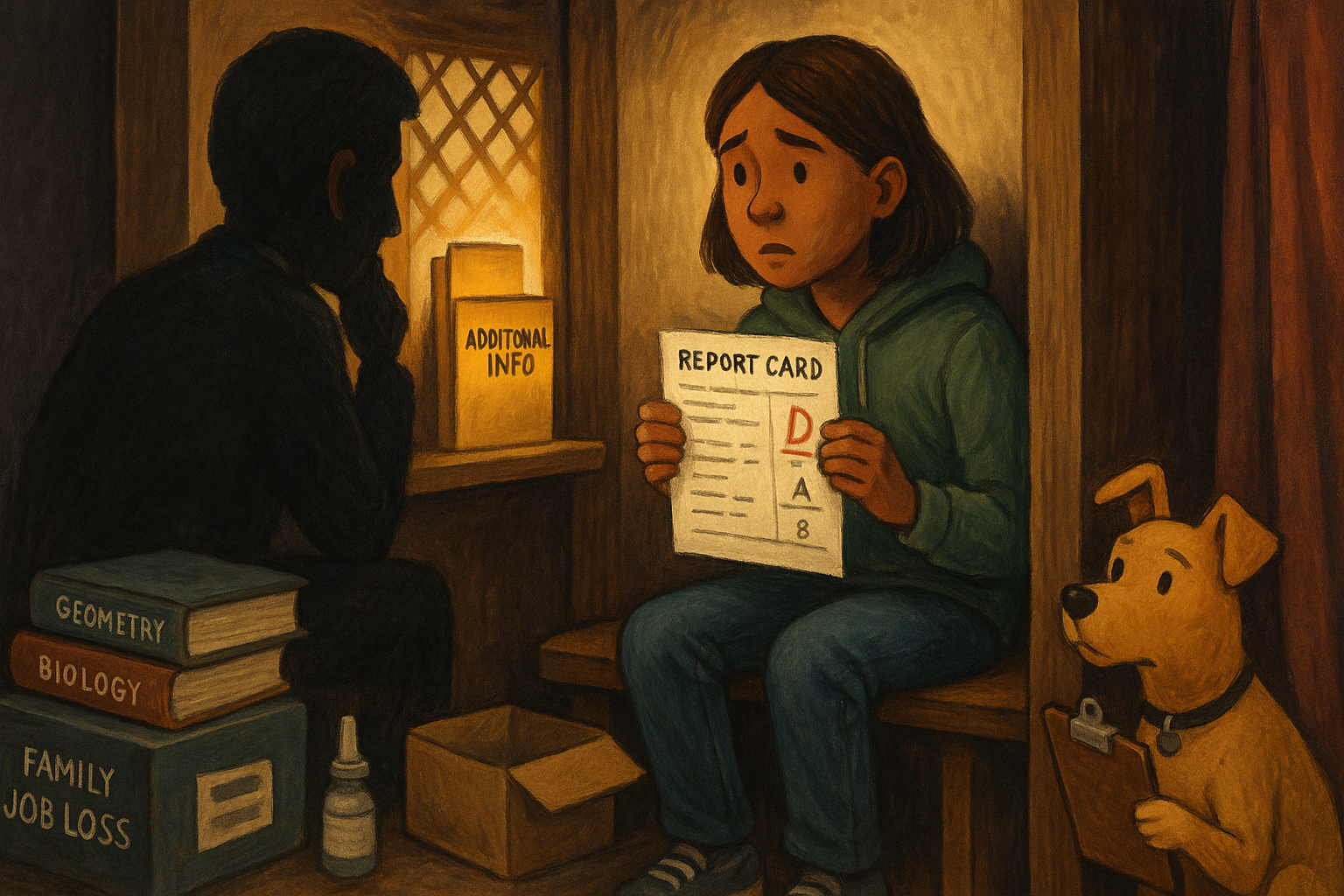
How to Write the ‘Additional Information’ Section: Addressing Weaknesses Without Making Excuses
The “Additional Information” section of your application is where you can take control of your story—acknowledge any challenges, set the record straight, and demonstrate your growth. Use this section to give colleges a quick, honest look into any setbacks without letting it become a list of excuses. Here’s how to keep it real and make it work to your advantage:
1. Get In, Get Out
Think short and straightforward. Aim to be clear and to the point. This section isn’t the place for a deep-dive narrative but rather a focused response that shows your resilience. Less is more here, so stay close to the word limit.
2. Be Direct, Be Honest
Instead of adding fluff or hinting at issues, be honest and to the point. If you had a rough semester or struggled with health challenges, say it outright. Being direct shows maturity and a willingness to address things openly. Avoid vague statements—be specific, and let the admissions team see your transparency.
3. Own Up to Your Role
If there were times you could have handled things differently, say so. Colleges appreciate applicants who are self-aware and accountable. Statements like, “I didn’t prioritize my time well during my freshman year” show that you’re willing to acknowledge your part, which can be very compelling.
4. Frame Challenges as Lessons
This section is about growth, so show what you learned from the experience and how you’ve come out stronger. Did a difficult semester teach you how to manage time? Did a health challenge make you more resilient? Let the admissions team see that these experiences have prepared you for college in a real way.
5. Reinforce Your Strengths
If your grades or test scores aren’t where you want them to be, clarify that they don’t reflect your full potential. You could say something like, “My GPA doesn’t fully capture my academic strengths, which are also reflected in…” and point to things like AP scores, teacher recommendations, or challenging coursework where you performed well.
6. Stay Accountable, Avoid Blame
While it’s important to give context for setbacks, avoid assigning blame. Instead of, “My teacher was too strict, and I couldn’t keep up,” try, “I struggled to adapt to a strict teaching style, but I eventually learned to ask for feedback and improve.” This keeps the focus on your growth and responsibility rather than casting blame.
7. Keep It Conversational
This section doesn’t need to be overly formal—think of it as if you were explaining your situation honestly to someone who wants to help. Use clear, everyday language to make it personal, relatable, and sincere.
Key Takeaways
- Short and Simple – Stick close to the word limit.
- Own Your Story – Be direct, take responsibility, and avoid blame.
- Show Growth – Emphasize what you’ve learned and how you’re prepared for college.
- Stay Personal – Use a conversational tone that’s honest and relatable.
The “Additional Information” section is your chance to show colleges that challenges don’t define you—they strengthen you. When you approach it with honesty and maturity, you make it clear that you’re ready for college and any challenges that come your way.

Post a comment